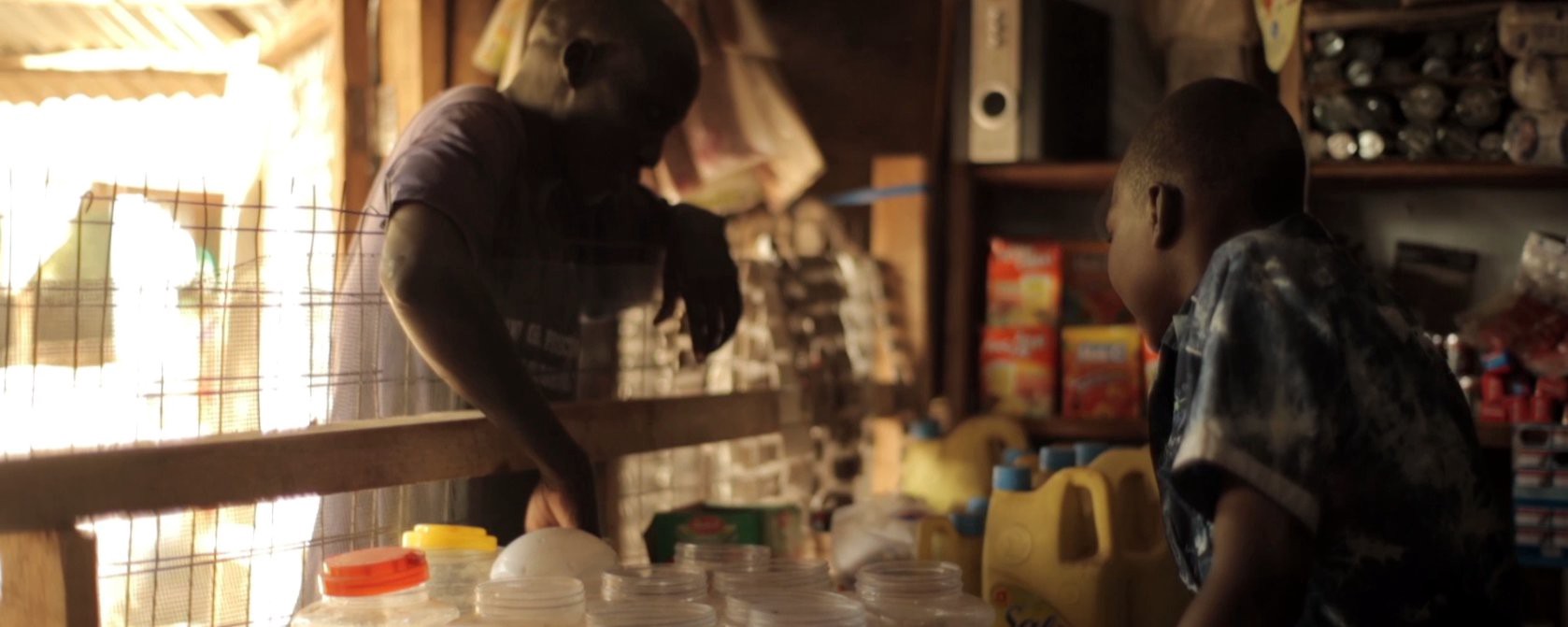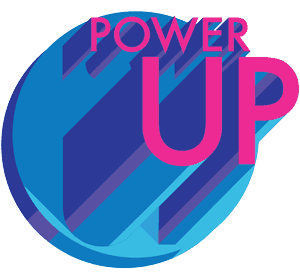
The global refugee situation is headline news around the world, but the issue of energy access in camps is one that still needs attention. There are over 60 million refugees living in camps, and only 11 percent of them has access to electricity and lighting. Glada Lahn and Owen Grafham from the international affairs think tank Chatham House released a report on this very topic in November of 2015. Meanwhile, Felix Hallwachs–managing director of the social business Little Sun–has been working on energy access for all since the company launched its solar-powered lamp in 2012.
Here, on camera, they share their ideas for powering refugee camps.

Transcripts
Glada Lahn and Owen Grafham, Chatham House:
We’re facing a crisis of displacement right now. If you go back to 2004, there’s about 19.5 million displaced people and refugees. That’s tripled, so you now have around 60 million–it’s like a country.
We wrote a recent report, called “Heat, Light and Power for Refugees: Saving Lives, Reducing Costs,” to really change the way energy is delivered in situations of human displacement. Our estimates show that of those in camps, only 11 percent actually have access to modern forms of lighting. The average length of time spent as a refugee is actually 17 years.
There are many camps around the world that have become, effectively, towns. These camps are in countries with wonderful solar resources. Innovative companies could be brought in to provide these kind of solutions: for instance, solar home systems to be monitored from afar, which makes sense for a lot of these refugee camps which are in very remote areas.
Private sector actors–nontraditional humanitarian actors–can get involved. They’d actually procure for a service; the company has more long-term accountability; they’d be providing electricity over a number of years. Pilot projects fail because no one is there to maintain them and to really bring them into the local economy. So if you invest in renewable technologies that help refugees and host communities “¦ there is something that exists for those host communities at the time when refugees are no longer there.
There is a slightly different energy challenge going on with the migration in Europe. There has been a market for this sort of stuff which could easily (maybe) be dismantled and moved on and used again, and that’s something that definitely needs more work–how to find the mobile solutions.

Felix Hallwachs, Little Sun:
We are a small company based in Berlin; we are in the social impact industry. We produce this small solar-powered lamp–so you can put the big sun into the solar panel and that gives you an evening’s worth of light. Either 10 hours at the lower level, or four hours of bright light, making energy something that you can actually harness yourself.
There are 1.1 billion people in the world without access to energy. Some of these people are in rural Ethiopia, for example, and that’s where we actually began. And that was kids studying next to kerosene lanterns. Our Little Sun Charge, which is also a lamp, it has a phone charging slot here at the side USB. And it has four times the solar-panel power, so it’s just massive energy.
We know in the refugee movements in the world right now how important mobile phones are “¦ wherever you go, you can put this out in the sun and you can actually stay connected with the world. We believe charity will have trouble delivering a scalable solution. We try to understand how we can create something which really offers all of the people we work with the opportunity to make change in their communities and, through business, to drive a scaled delivery of these units. By having a vendor in a local community, it is us collaborating with people to make these units available. And this is our positive energy symbol, like the wedge to open the energy discussion.
There is a lot of international attention on energy access. Every country in the world is meant to come up with a plan for putting this into place, and we want to make sure that displaced people and refugees are on that agenda.


How We Get To Next was a magazine that explored the future of science, technology, and culture from 2014 to 2019. This article is part of our Power Up section, which looks at the future of electricity and energy. Click the logo to read more.
